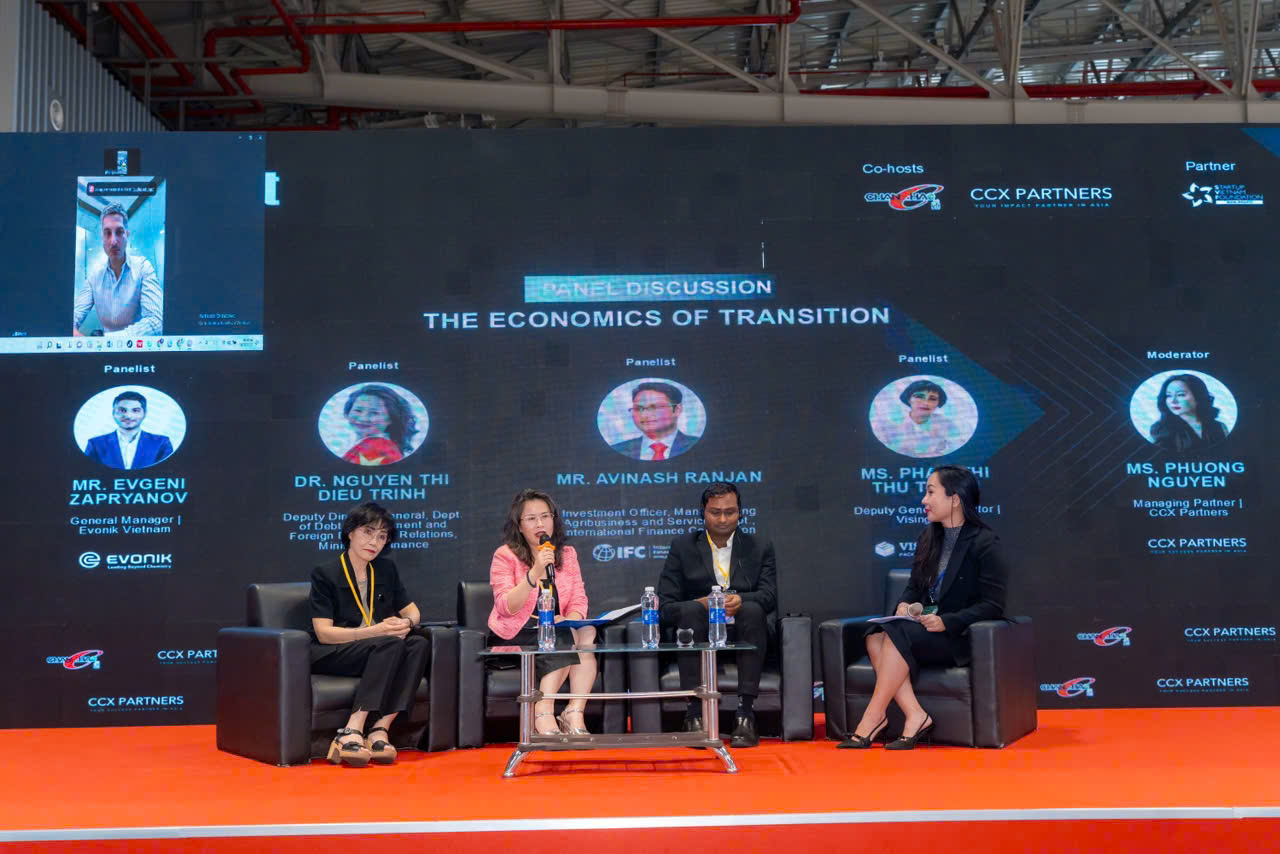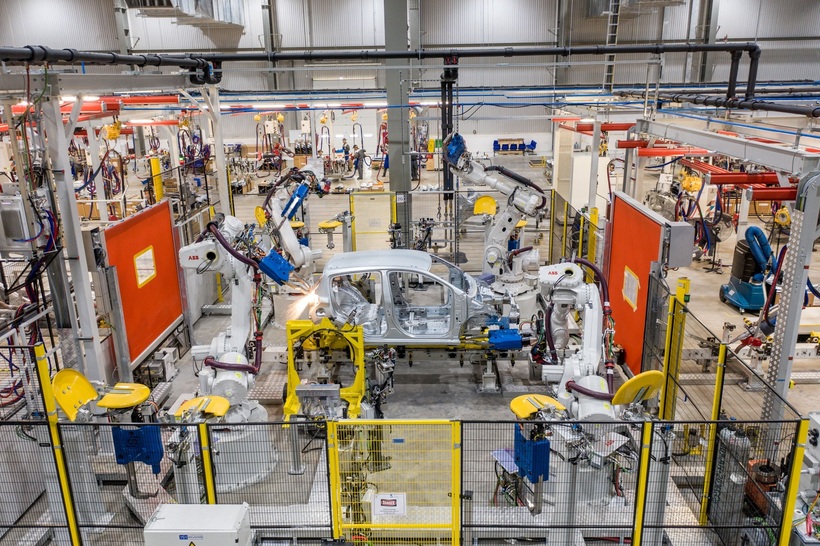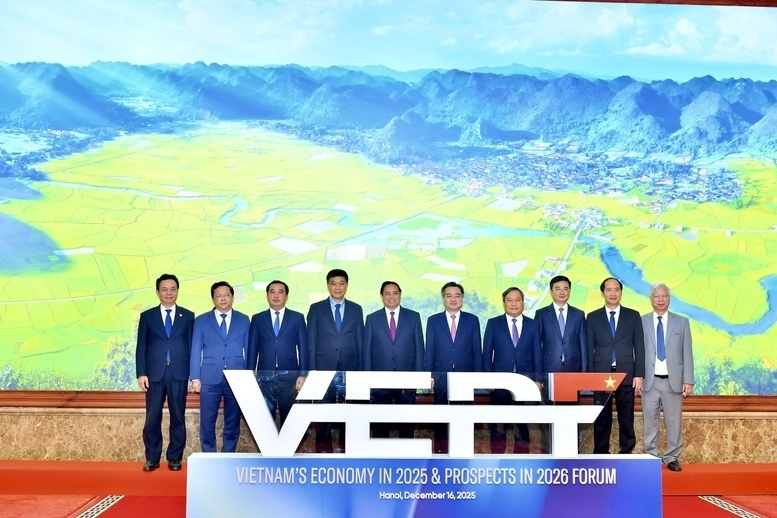
VPPNext 2025: Catalysing Vietnam’s packaging industry for a greener future
19:05 | 23/03/2025 22:34 | 12/09/2025Industry promotion
The development trajectories of supporting industries in China and Thailand underscore the pivotal role of strategic policies, foreign direct investment (FDI), and robust supply chain integration in transforming manufacturing capabilities. These nations offer valuable lessons for Vietnam, where supporting industries, supplying critical components and materials, are essential for achieving a manufacturing breakthrough and elevating global competitiveness.
Supporting industries form the backbone of industrial progress across Asia, with China and Thailand emerging as standout examples. China has harnessed FDI to drive technology transfer, boost localization, and advance its ambitious Made in China 2025 strategy, which prioritizes the “four fundamental elements” of supporting industries: components, basic materials, techniques, and technologies. Thailand, meanwhile, has leveraged early policy interventions, financial incentives, and a dedicated agency to connect domestic firms with global corporations, forging resilient supply networks for sectors like automotive, electronics, and machinery. These models highlight how targeted strategies can propel industrial growth, offering a roadmap for Vietnam’s own aspirations.

China and Thailand demonstrate that supporting industries, FDI, and cohesive policies are critical to unlocking manufacturing potential and strengthening national competitiveness.
China’s ascent as a global manufacturing powerhouse owes much to its strategic use of FDI to bolster domestic technology and industrial capacity. Since the 1960s, China has prioritized technological modernization, a vision crystallized in the “Four Modernizations” policy of 1963, which identified technology as a cornerstone of economic reform. This commitment was reaffirmed in 1978 at the Third Plenary Session of the 11th Central Committee, which emphasized the adoption of advanced machinery to drive economic growth. Over decades, China’s policies have remained consistent, embedding technological advancement into its five-year economic plans.
A cornerstone of China’s approach has been its FDI framework, particularly in the automotive sector, where joint ventures with domestic firms and mandatory localization requirements accelerated technology transfer. These measures enabled Chinese companies to learn from global brands and integrate deeply into international supply chains. The launch of Made in China 2025 (MIC2025) in 2015 marked a bold step forward, aiming to solidify China’s status as a manufacturing leader by 2020, master core technologies by 2025, and join the mid-to-high tier of global manufacturing powers by 2035.
MIC2025 rests on a comprehensive strategy to transform manufacturing. It prioritizes innovation, positioning enterprises as the primary drivers of technological advancement, supported by government, research institutes, universities, and consumers. This collaborative ecosystem fosters the development and commercialization of core technologies, with resources allocated to strengthen innovation chains. The strategy also emphasizes smart manufacturing, promoting intelligent production through advanced machinery, robotics, and standardized technical and management protocols. Pilot smart factories and robust internet infrastructure further support this transition, enhancing automation and efficiency.
A critical focus of MIC2025 is strengthening supporting industries, particularly the “four fundamental elements.” China has established rigorous standards and measurement systems to address technological gaps affecting component performance and stability. Significant investments in R&D, coupled with industrial and venture capital funding, target these foundational areas, while partnerships between supporting industry firms and manufacturers ensure seamless integration. Additionally, China emphasizes brand development and quality control, implementing stringent quality management systems and promoting green manufacturing through energy-efficient and environmentally friendly technologies. The strategy also addresses industrial restructuring, upgrading traditional sectors, resolving overcapacity, and fostering collaboration between large and small enterprises to optimize industrial layouts.
China’s focus extends to high-priority sectors, including next-generation IT (chips, 5G, AI), robotics, aerospace, maritime technology, railway equipment, new energy and smart vehicles, power equipment, modern agricultural machinery, new materials, pharmaceuticals, and medical devices. These efforts have cemented China’s position as a global leader, with its supporting industries driving technological innovation and economic growth.
Thailand’s journey in developing supporting industries offers equally compelling insights. The country’s early adoption of targeted policies, combined with substantial FDI from global giants like Japan’s Toyota, Honda, and Nissan, and U.S. firms, has fostered a robust network of tier-1 and tier-2 suppliers in automotive, electronics, and machinery sectors. Thailand’s government has played a pivotal role by offering financial incentives, including exemptions on import duties for machinery and corporate income tax waivers for five to eight years. The Board of Investment (BOI) centrally manages these incentives, preventing excessive competition among local governments and ensuring equitable distribution.
A defining feature of Thailand’s approach is the BOI Unit for Industrial Linkage Development (BUILD), established in 1992. BUILD collects data on domestic component manufacturers and facilitates connections with assemblers, creating tight supply chain linkages. The unit organizes workshops, trade fairs, and factory visits, while providing technical consulting and training to small domestic producers, helping them access government support programs. These initiatives have enabled Thailand to integrate local firms into global value chains, enhancing the competitiveness of its key industries and establishing a resilient supply network.
For Vietnam, the experiences of China and Thailand provide a blueprint for strengthening its supporting industries. China’s model demonstrates the power of leveraging FDI for technology transfer, enforcing localization, and pursuing long-term, technology-driven strategies. Thailand’s success highlights the value of financial incentives and specialized agencies like BUILD to foster domestic-foreign enterprise collaboration. Both nations underscore the importance of cohesive policies that align innovation, infrastructure, and market-oriented reforms.
To emulate these successes, Vietnam must prioritize localization to reduce reliance on imported components, particularly in automotive, electronics, and machinery sectors. Investing in R&D and smart manufacturing will enable the country to master core technologies, while green production practices can enhance sustainability. Financial incentives, such as tax breaks and access to capital, combined with robust supply chain networks, will attract FDI and empower domestic firms. Establishing dedicated agencies to connect local suppliers with global manufacturers, similar to Thailand’s BUILD, could streamline integration into international markets.
Furthermore, Vietnam should foster public-private partnerships to drive innovation and infrastructure development. By aligning policies with market demands and global standards, the country can enhance the competitiveness of its supporting industries. These efforts will not only boost manufacturing capacity but also create high-value jobs and strengthen Vietnam’s position in global value chains.
The lessons from China and Thailand are clear: supporting industries, underpinned by strategic FDI utilization and cohesive policies, are critical to unlocking manufacturing potential. For Vietnam, adopting these principles will pave the way for a manufacturing breakthrough, elevating its industrial capabilities and global market standing. By investing in technology, fostering collaboration, and implementing forward-thinking policies, Vietnam can transform its supporting industries into a catalyst for sustainable economic growth.
China and Thailand’s success in supporting industries highlights the transformative impact of FDI, targeted policies, and supply chain integration, offering Vietnam a strategic roadmap to enhance its manufacturing sector and global competitiveness.

19:05 | 23/03/2025 22:34 | 12/09/2025Industry promotion

19:05 | 23/03/2025 19:46 | 10/09/2025News and Events

19:05 | 23/03/2025 13:06 | 09/09/2025News and Events

19:05 | 23/03/2025 11:18 | 17/12/2025Trade

19:05 | 23/03/2025 11:17 | 17/12/2025Trade

19:05 | 23/03/2025 09:50 | 17/12/2025Trade

19:05 | 23/03/2025 20:46 | 16/12/2025Industry

19:05 | 23/03/2025 20:41 | 16/12/2025News and Events